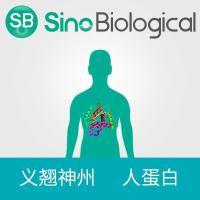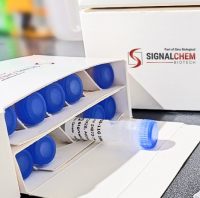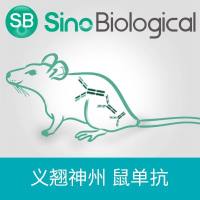Electrochemiluminescence: A Technology Evaluation and Assay Reformatting of the Stat6/P578 ProteinPeptide Interaction
互联网
313
Biochemical assays used in high-throughput screening (HTS) to identify lead compounds in drug discovery have been formatted using a wide variety of detection techniques. These include radiometric, colorimetric, fluorescent, and enzyme-linked immunosorbent assays (ELISA). Each technique has its strengths and weaknesses. Radiometric assays can be made homogeneous, with no separation steps requiring washing or filtration. Such techniques include scintillation proximity assay (SPA, Amersham Pharmacia Biotech), where the scintillant is contained in a bead, and ScintiPlates� (Perkin-Elmer Wallac) or FlashPlates� (NEN), where the scintillant is contained in the microtiter plate itself. These radiometric techniques are well established, with a wide variety of assays available from many different vendors. Two drawbacks to radiometric assays are the signal-to-background ratio of these assays is typically less than other techniques and the use of radioactive materials are hazardous to the scientist and the environment. When feasible, colorimetric assays are generally easy to format and to run, though often they do not have a very broad dynamic range, since absorbance can typically only be accurately measured in a narrow range (0.1–1.5 OD). Fluorescent techniques offer a wider dynamic range, and are often very sensitive, making it possible to measure low-analyte concentrations. Even so, some compound libraries contain fluorescent compounds, which can interfere with the fluorescence of the label, resulting in false-negatives or -positives depending on the assay format. This problem can partially be avoided by using time-gated detection, since in many though not all cases, the compound fluorescence is short-lived compared with that of some labels. Techniques such as ELISA and the dissociation-enhanced lanthanide fluoroimmunoassay (DELFIA�, Wallac) are also very well-established and have a wide dynamic range. However, they can be very time-consuming, because many wash steps must be used in the assays. With the ever-increasing compound library sizes used in drug discovery, time-consuming assays are undesirable.









